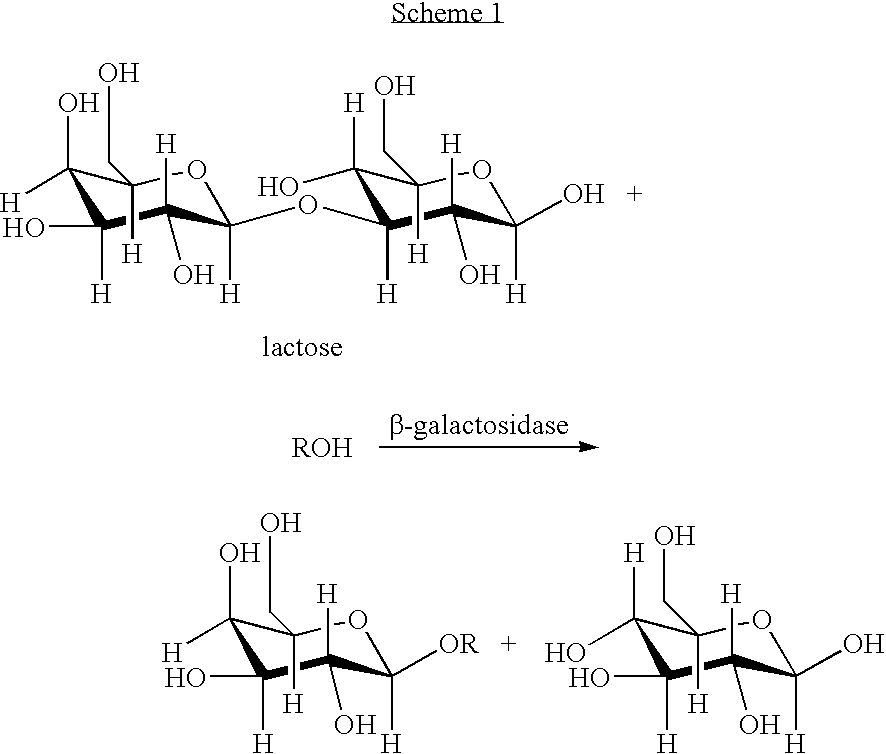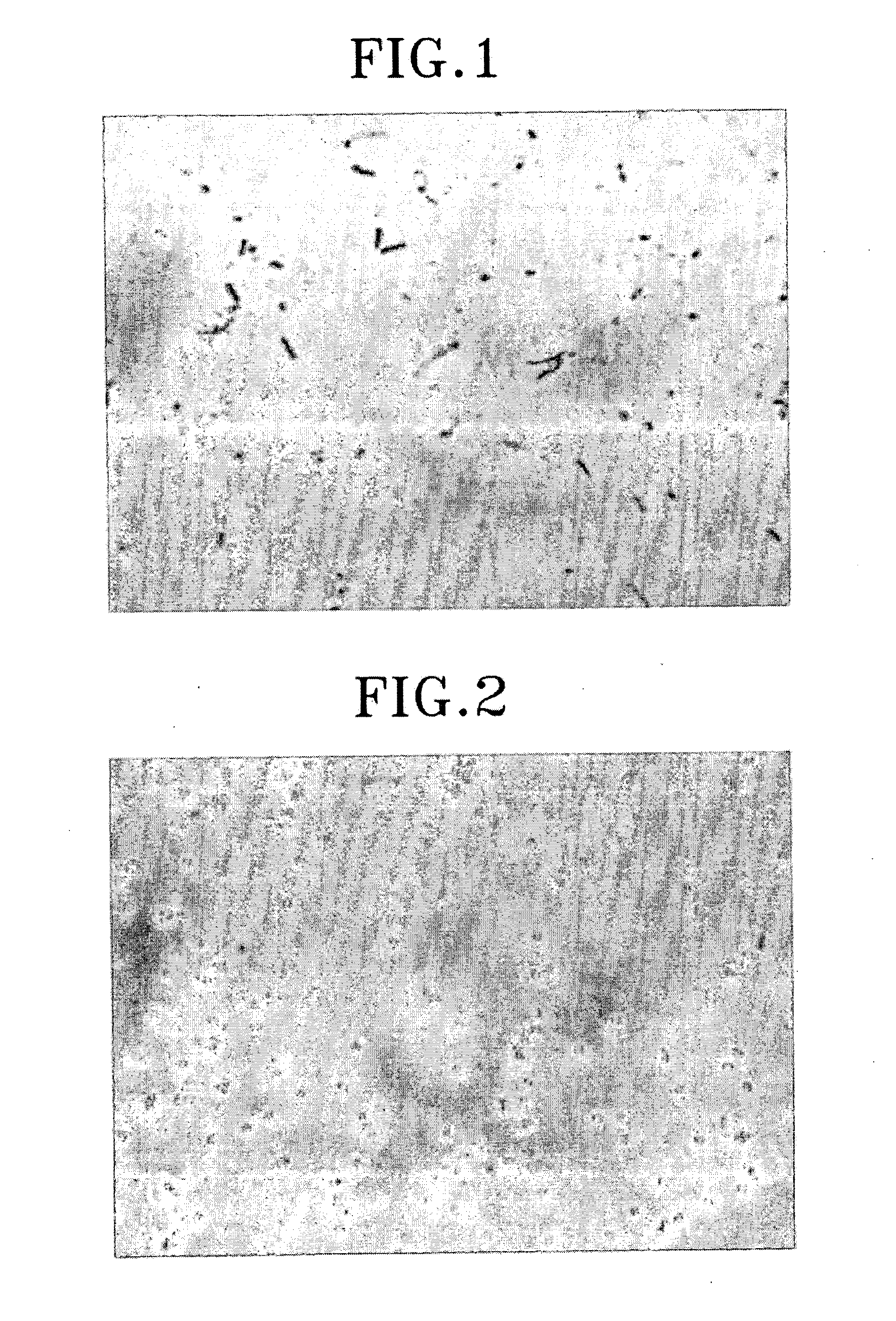Method for expression of proteins on spore surface
a technology of protein expression and spore surface, applied in the field of protein expression on the spore surface, can solve the problems of high method expenditure and long time, low antibody yield, and insufficient hybridoma technology to find antibodies exhibiting new binding properties
- Summary
- Abstract
- Description
- Claims
- Application Information
AI Technical Summary
Benefits of technology
Problems solved by technology
Method used
Image
Examples
example i
Isolation of the Gene Encoding Coat Proteins
[0106] I-1: Construction of the Vector for Spore Surface Display
[0107] To isolate the most appropriate coat protein for spore surface display among coat proteins consisting of spore, the recombinant vector having the gene encoding a fusion protein between coat protein and .beta.-galactosidase was constructed as follow:
[0108] To begin with, the DNA was extracted from the Bacillus subtilis 168 strain provided from Dr. F. Kunst (Kunst F., et al., Nature, 390: 249-256(1997)) by Kalman's method (Kalman S., et al., Appl. Environ. Microbiol. 59, 1131-1137(1993)), and the purified DNA was served as template for PCR to spoIVA primers (SEQ ID NOs: 1 and 2), cotB primers (SEQ ID NOs: 3 and 4), cotC primers (SEQ ID NOs: 5 and 6), cotD primers (SEQ ID NOs: 7 and 8), cotE primers (SEQ ID NOs: 9 and 10), cotG primers (SEQ ID NOs: 11 and 12), cotH primers (SEQ ID NOs: 13 and 14), cotM primers (SEQ ID NOs: 15 and 16), cotV primers (SEQ ID NOs: 17 and 18), ...
example ii
Spore Production Depending on Culture Time
[0123] As shown in FIG. 7, it is required to stop incubation on a specific time point and isolate spores. In DB104, the enzyme activity of spores after 38 hr of incubation is significantly low comparing to that after 24 hr of incubation. Thus, it is demonstrated that the adjustment of incubation time makes it possible to yield spores displaying enzyme on its surface with the greatest enzyme activity.
example iii
Characterization of Spores Dispalying .beta.-Galactosidase
[0124] Heat resistance was measured as follow in spores displaying .beta.-galactosidase: 100 .mu.l of spores isolated by renografin gradients in Example I-2 were heated for 15 min and then spread on LB plates to evaluate viability of spores (FIG. 8). As shown in FIG. 8, spores displaying CotG-LacZ show similar heat resistance to spores without surface protein. In a result, the display of the foreign protein fused to coat protein on spore surface does not affect on its inherent characteristics such as heat resistance. Moreover, these results provide the promising usage of spore displaying on its surface enzyme in chemical reactions at high temperature. In addition, from these results, it is suggested that the spores transformed according to the present invention remain their inherent resistances to lysozyme, a bacterial cell wall-degrading enzyme and solvent.
PUM
| Property | Measurement | Unit |
|---|---|---|
| thickness | aaaaa | aaaaa |
| culture time | aaaaa | aaaaa |
| pH | aaaaa | aaaaa |
Abstract
Description
Claims
Application Information
 Login to View More
Login to View More - R&D
- Intellectual Property
- Life Sciences
- Materials
- Tech Scout
- Unparalleled Data Quality
- Higher Quality Content
- 60% Fewer Hallucinations
Browse by: Latest US Patents, China's latest patents, Technical Efficacy Thesaurus, Application Domain, Technology Topic, Popular Technical Reports.
© 2025 PatSnap. All rights reserved.Legal|Privacy policy|Modern Slavery Act Transparency Statement|Sitemap|About US| Contact US: help@patsnap.com



